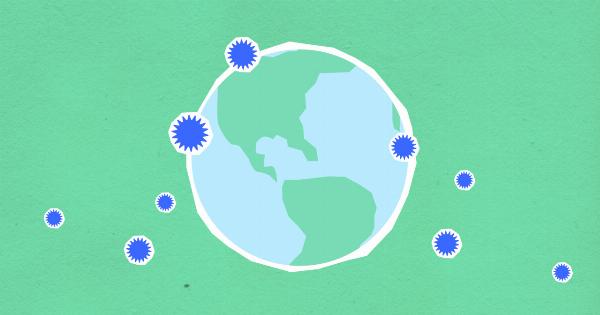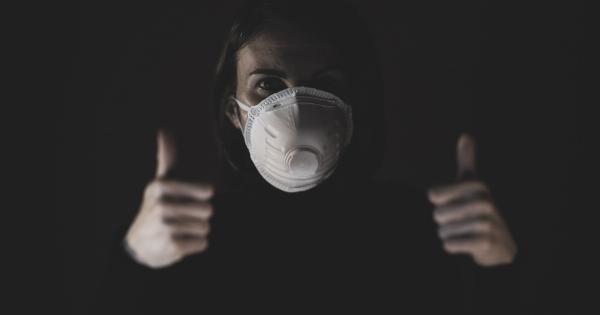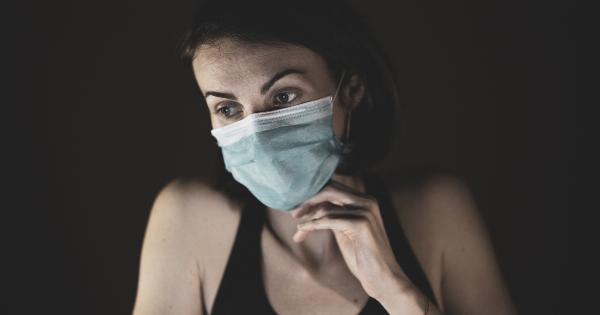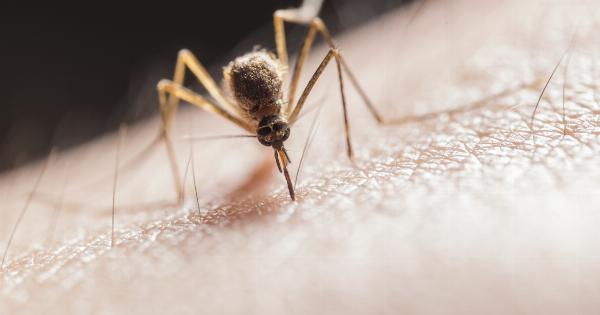The Ebola outbreak of 2014/15 had a significant impact on the world, causing widespread panic and fear. However, it was not the first nor the last deadly disease to pose a threat to human health.
Here are ten deadly diseases that are far worse than Ebola.
1. Smallpox
Smallpox is an ancient disease that caused epidemics throughout history. It spreads through droplets in the air and can be fatal in up to 30% of cases.
The good news is that smallpox has been eradicated since 1980, thanks to widespread vaccination campaigns.
2. Plague
The plague, also known as the Black Death, caused pandemics in the 14th century, killing up to 200 million people. It is caused by a bacterium called Yersinia pestis and is spread through fleas that infest rats.
Antibiotics can be effective in treating the plague if administered early, but untreated cases can be fatal.
3. Malaria
Malaria is a parasitic disease that is transmitted through the bite of infected mosquitoes. It is endemic in many parts of the world, particularly in Sub-Saharan Africa, and kills over 400,000 people every year, mostly children under five years old.
4. Tuberculosis
Tuberculosis is a bacterial infection that primarily affects the lungs but can also infect other parts of the body. It spreads through tiny droplets expelled when an infected person speaks, coughs, or sneezes.
Tuberculosis kills over 1.5 million people every year, making it one of the deadliest infectious diseases.
5. HIV/AIDS
HIV/AIDS is a viral infection that attacks the immune system, leaving the body vulnerable to other infections and illnesses. It spreads through the exchange of bodily fluids, such as blood, semen, and vaginal fluids.
There is no cure for HIV/AIDS, and over 38 million people worldwide are living with the disease, with over 690,000 deaths every year.
6. Influenza
Influenza, or the flu, is a respiratory illness caused by the influenza virus. It spreads through droplets in the air or by touching contaminated surfaces.
Most people recover from the flu within a few weeks, but severe cases can lead to complications such as pneumonia, which can be fatal.
7. Cholera
Cholera is a bacterial infection that causes severe diarrhea and dehydration. It spreads through contaminated water or food and can be fatal within hours if left untreated.
Cholera outbreaks occur frequently in areas with poor sanitation and limited access to clean water.
8. Yellow fever
Yellow fever is a viral illness that is transmitted by mosquitoes. It causes flu-like symptoms that can progress to liver and kidney failure.
The disease is endemic in parts of Africa and South America, and vaccination is the best way to prevent infection.
9. SARS
SARS, or severe acute respiratory syndrome, is a viral illness that caused a global outbreak in 2003. It spreads through droplets in the air and can be fatal in up to 10% of cases.
There is no specific treatment for SARS, and prevention measures focus on reducing transmission through isolation and quarantine.
10. Zika
Zika is a viral illness that is transmitted by mosquitoes. It causes mild symptoms in most cases but can lead to severe birth defects in the babies of pregnant women who are infected.
The disease is endemic in many parts of the world, including Latin America, and there is no specific treatment or vaccine.
Conclusion
While Ebola has been a formidable disease, there are many other deadly diseases that pose a greater threat to human health.
From smallpox and the plague to HIV/AIDS and influenza, these diseases have caused epidemics and pandemics throughout history and continue to kill millions of people every year. Vaccination, proper hygiene, and access to healthcare are key to preventing the spread of these diseases and saving lives.































